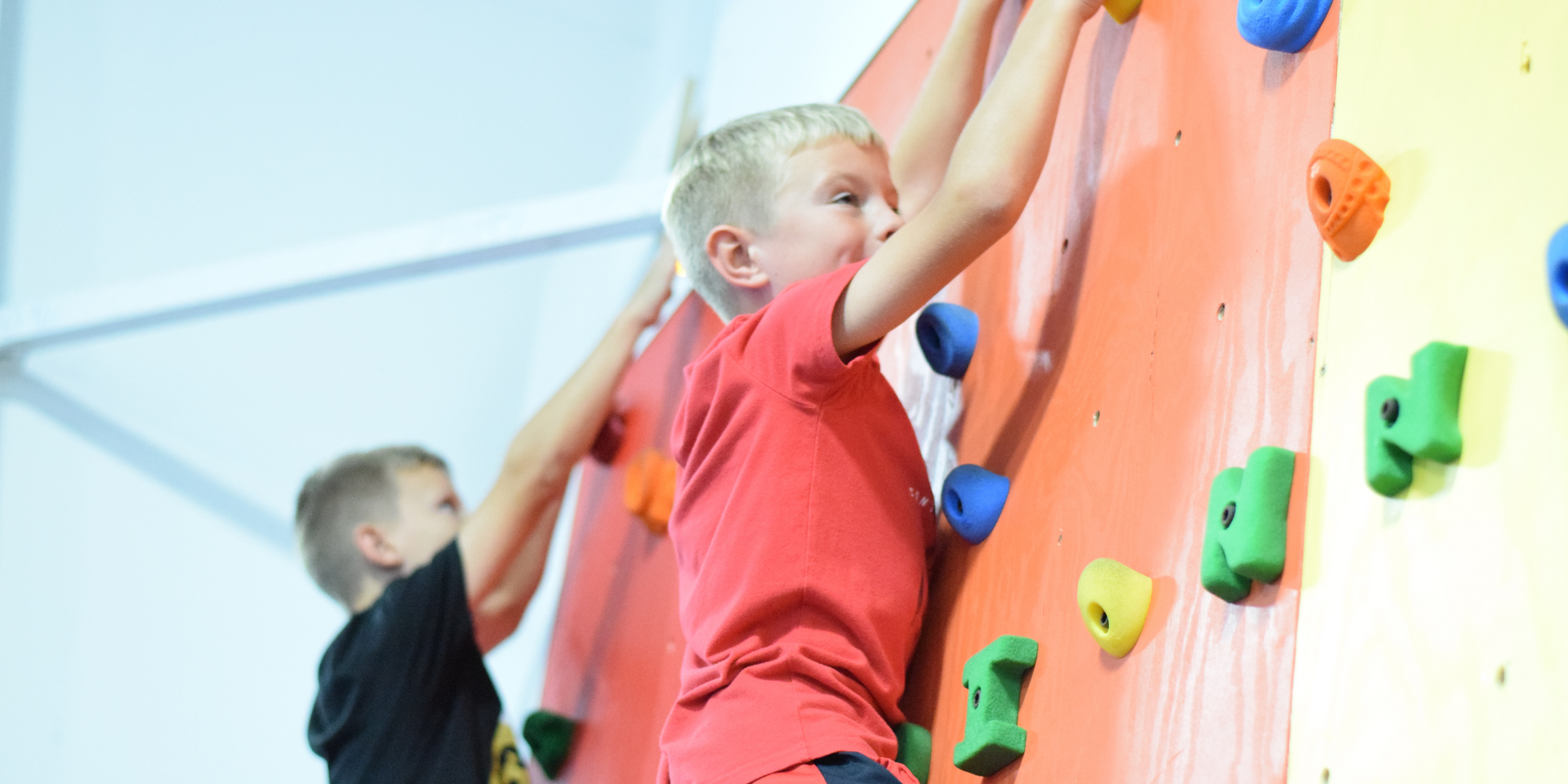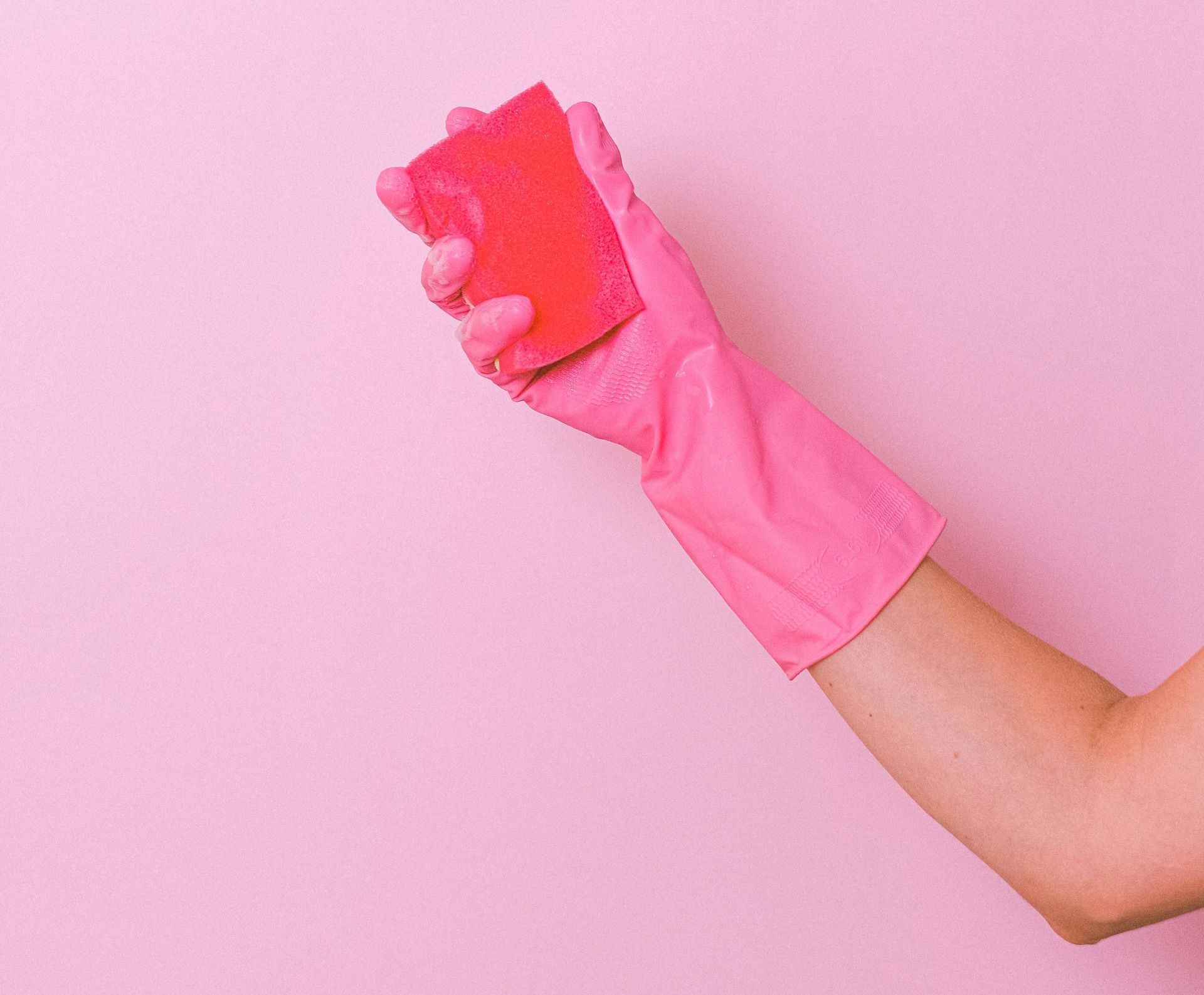Community Service Ideas for Kids
Creative Community Service Ideas for Kids: Making a Big Impact at Any Age
Community service is one of the most rewarding ways for kids to learn the value of helping others while developing important skills and building empathy. It allows children to engage with their communities, make a positive impact, and learn about social responsibility. Whether your child is looking to volunteer for a school project, earn service hours, or simply make a difference in the world around them, there are countless ways they can contribute.
We’ll explore a variety of fun and meaningful community service ideas for kids that will inspire them to get involved, from environmental initiatives to helping the elderly, and more. These ideas are designed to be accessible for children of all ages and interests, ensuring that every young volunteer can find a way to help others.
Why Community Service is Important for Kids
Before diving into the ideas, it’s essential to understand the benefits of community service for kids. Volunteering offers many advantages that go beyond just helping others, including:
- Building Empathy: Volunteering helps kids see life from other people’s perspectives, fostering kindness and understanding.
- Developing Social Skills: Working with others in the community encourages teamwork, communication, and leadership skills.
- Gaining a Sense of Accomplishment: Helping others makes kids feel proud and accomplished, boosting their self-esteem.
- Learning the Value of Giving: Volunteering teaches kids that giving their time, effort, or resources can have a far-reaching impact, reinforcing the importance of generosity.
- Connecting with the Local Community: Kids can gain a deeper connection to their community by learning about the needs and issues within it.
Fun and Impactful Community Service Ideas for Kids
Here are a range of community service activities that kids can do alone, with family, or as part of a group. These projects are great for building social skills, enhancing personal growth, and, most importantly, making a difference.
1. Organize a Charity Drive
One of the easiest and most effective ways for kids to help others is by organizing a charity drive. Whether it’s collecting food for a local food bank, gathering coats for homeless shelters, or gathering school supplies for underprivileged children, charity drives teach kids organizational skills, responsibility, and empathy.
- How to Start:
- Choose the cause or organization you want to support.
- Spread the word through flyers, social media, and word-of-mouth.
- Set up a drop-off location or work with a local charity to receive donations.
- Collect, sort, and deliver the items to those in need.
2. Volunteer at a Senior Living Center
Spending time with elderly individuals is an excellent way for kids to give back. Senior living centers often welcome young volunteers to help with activities, run games, or even just visit with residents. Kids can bring joy to older adults, many of whom may feel isolated or lonely, while learning about the value of connection across generations.
- How to Start:
- Contact local senior living homes to see what opportunities are available.
- Kids can read to residents, help with arts and crafts, or participate in exercise classes.
- For younger kids, even a simple card or drawing can brighten someone's day.
3. Clean Up a Local Park
Environmental service projects not only benefit the planet but also help kids develop a sense of responsibility and respect for nature. Organizing a park cleanup can involve kids picking up trash, recycling, or planting trees and flowers to enhance the space.
- How to Start:
- Choose a local park or green space in need of some TLC.
- Gather supplies like gloves, trash bags, and recycling bins.
- Set a date for the cleanup and invite friends, family, or classmates to help.
- If possible, reach out to the local government or park organization to see if there are any specific areas that need attention.
4. Create Care Packages for Families in Need
Creating care packages for families going through tough times is a meaningful way to help others. Kids can gather basic necessities, snacks, toiletries, and other items to put into packages that are delivered to families in shelters or those facing hardships.
- How to Start:
- Work with a local charity, shelter, or church to identify families in need.
- Kids can help assemble care packages with food, hygiene products, and essential items.
- Encourage kids to personalize the packages by including a kind note or drawing for the recipient.
5. Help Out at Animal Shelters
For animal lovers, volunteering at a local animal shelter is an excellent way to give back. Kids can help walk dogs, clean animal cages, or assist with adoption events. This type of volunteering teaches responsibility and compassion for animals.
- How to Start:
- Contact animal shelters or rescue organizations to ask about volunteer opportunities for kids.
- Depending on age, kids may be able to help walk dogs, play with pets, or help organize pet adoption events.
- Younger kids can help by creating donation drives for pet supplies.
6. Bake and Share Treats with Others
Baking is a fun activity that kids of all ages can get involved in, and sharing those baked goods with neighbors, hospitals, or shelters adds an extra layer of kindness. Kids can learn the value of sharing and making someone’s day brighter through their baking efforts.
- How to Start:
- Choose a recipe that is simple and fun to make, such as cookies, muffins, or brownies.
- Package the baked goods in a way that makes them look appealing and presentable.
- Deliver the treats to a local hospital, fire station, or to elderly neighbors who may appreciate a kind gesture.
7. Start a Community Garden
Community gardens are a wonderful way for kids to get involved with the environment and help others. Kids can plant vegetables, fruits, or flowers in a community garden to provide fresh food for those in need or to beautify public spaces.
- How to Start:
- Find a local community garden or start a new one with the help of local organizations.
- Kids can be involved in planting, watering, and maintaining the garden.
- Work with a community group to distribute the produce to food banks, or donate it to families in need.
8. Tutor or Mentor Younger Students
Helping a younger child learn a subject can have a lasting positive effect on both the tutor and the student. Kids who excel in certain subjects can offer tutoring or mentorship to help others improve their academic skills or learn something new, such as reading or math.
- How to Start:
- Connect with local schools, libraries, or community centers to find out if there’s a need for tutoring or mentorship programs.
- Set up regular sessions with younger kids who may need help in specific areas.
- Kids can assist with homework, reading, or even practicing life skills like organization and time management.
9. Organize a Clothing Swap
A clothing swap is an eco-friendly and fun way to help those in need while promoting sustainability. Kids can organize a clothing swap event where they exchange gently used clothes or donate items they no longer need to those who may benefit from them.
- How to Start:
- Host the event at home or collaborate with a local community center, school, or church.
- Set up a designated area for clothes, and encourage people to bring gently used items.
- Ensure there are clothing racks or bins available, and organize clothes by size and type to make the exchange easier.
10. Support a Local Food Bank
Food banks rely on volunteers to sort donations, prepare meals, and distribute food to families in need. Kids can help by organizing food drives at school, church, or within the community and then assist in sorting and packaging the donations for delivery.
- How to Start:
- Reach out to a local food bank to learn about the types of donations they need and any volunteer opportunities available.
- Host a food drive at school or in your neighborhood to collect canned goods or non-perishable items.
- Volunteer with the food bank to sort, pack, or distribute food to families.
Every Little Bit Helps
Community service is an opportunity for kids to learn valuable life skills, develop empathy, and make meaningful connections with others. Whether they’re organizing a charity drive, volunteering at an animal shelter, or simply spending time with elderly neighbors, every act of kindness makes a difference. As kids grow, their involvement in service activities can shape their values and inspire them to continue contributing to their communities throughout their lives.
Encourage your child to explore different service opportunities to see what sparks their interest and passion. By teaching the importance of helping others, we empower kids to be compassionate, responsible, and engaged citizens who can make the world a better place—one small action at a time.











